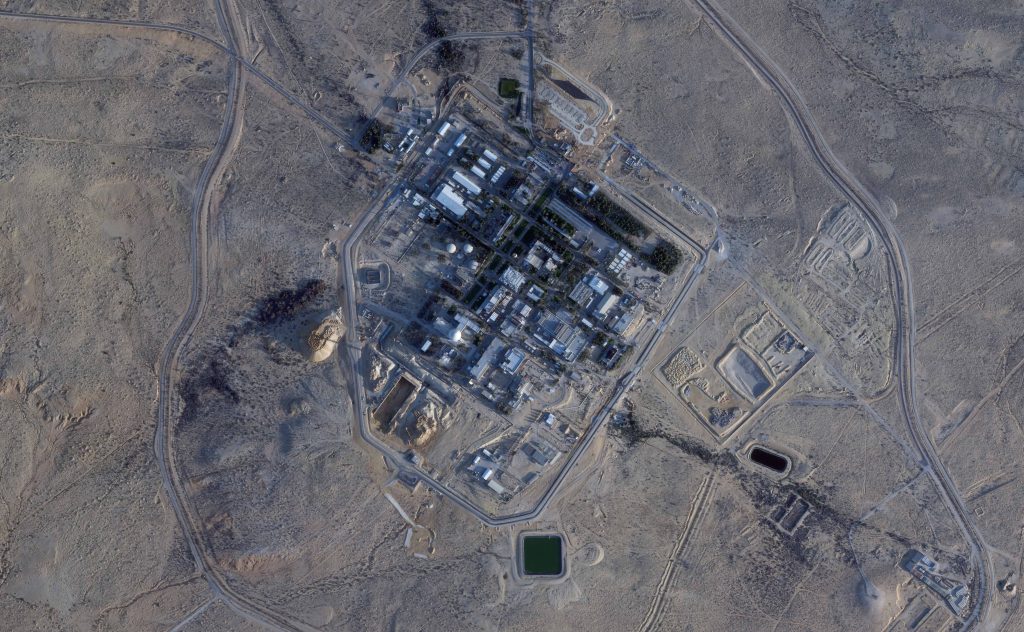DIDPress: No agreement exists between Israel and the International Atomic Energy Agency (IAEA) that would allow this UN watchdog to inspect the Dimona nuclear site. It is widely believed that Israel’s nuclear weapons program is based in Dimona.

New York Times, in an article titled “As Israel Targets Iran’s Nuclear Program, It Has a Secret One of its Own,” argues that Israel has conducted underground nuclear tests away from the eyes of international observers.
Experts believe Israel is expanding its secretive nuclear weapons program. The country maintains a covert nuclear weapons program—one it does not publicly acknowledge, though some analysts argue is also expanding.
“From a formal diplomatic standpoint, the Israelis never confirm or deny that they have a nuclear arsenal,” said Alexander K. Bollfrass, a nuclear security expert at the International Institute for Strategic Studies in London.
Experts say Israel’s exclusion from the U.S. nuclear umbrella is, in effect, an unspoken acknowledgment that the country possesses its own nuclear weapons and does not require external protection or deterrence.
“Ultimately, there is a sense of responsibility in Israel that its security rests on its own shoulders, and they will do what is necessary to provide for that,” Bollfrass added.
The New York Times notes that over the past fifty years, several reports have indicated Israel has tested its nuclear weapons at underground sites—including in the Negev Desert in southern Israel.
The most prominent incident—still debated today—occurred in September 1979, when a U.S. satellite designed to detect nuclear explosions recorded a “double flash” in an area between the South Atlantic and Indian Oceans. Some scientists believe this event likely resulted from a nuclear test conducted by Israel, South Africa, or possibly both.
Experts emphasize that no agreement exists between Israel and the IAEA permitting the UN agency to inspect the Dimona nuclear site. It is broadly assumed that Israel’s nuclear weapons program is headquartered there.
Inspectors from the IAEA appear never to have visited the site, and no monitoring agreement with Israel is in place. Historical records show that U.S. scientists visited Dimona in the 1960s and concluded that Israel’s nuclear program was peaceful at the time, but no public evidence suggests American inspectors have returned since.
Satellite images over the past five years reveal new construction at Dimona. Experts say the facility is, at minimum, undergoing essential renovations and upgrades.
There is also growing speculation among analysts that Israel is building a new reactor at Dimona to expand its nuclear capabilities.
A report published this week by the Stockholm International Peace Research Institute (SIPRI) suggests Israel appears to be upgrading a reactor site at Dimona to produce plutonium—a material used both in nuclear weapons and certain peaceful applications, including space technology.
Due to this secrecy, Dimona has long been a symbol of intrigue—and for some, anger—regarding Israel’s nuclear program.
During a rare public appearance at the site in 2018, Israeli Prime Minister Benjamin Netanyahu used the location as a backdrop to warn adversaries: “Those who threaten to annihilate us put themselves in similar peril—and in any case, will not achieve their goal.”